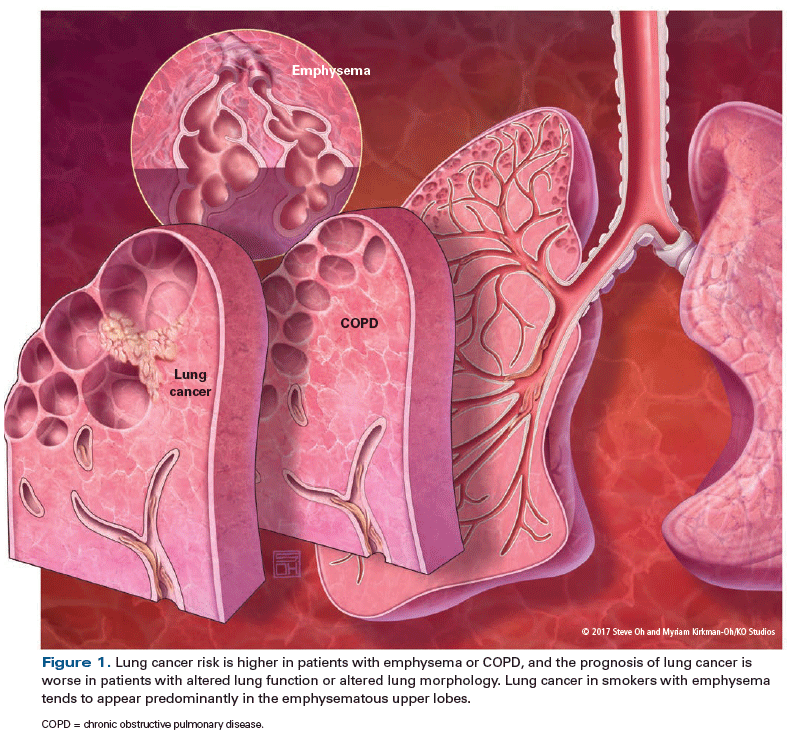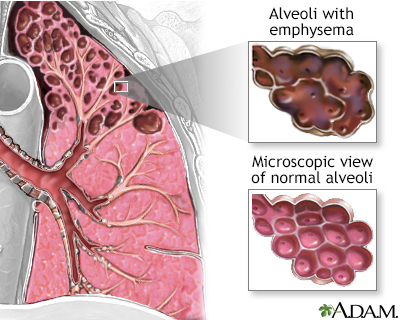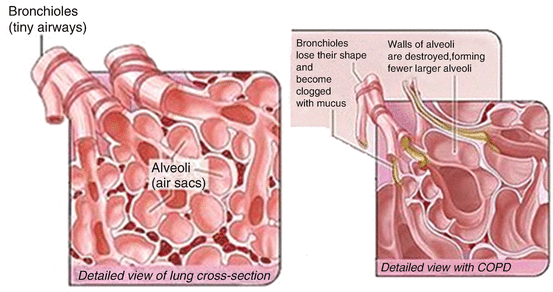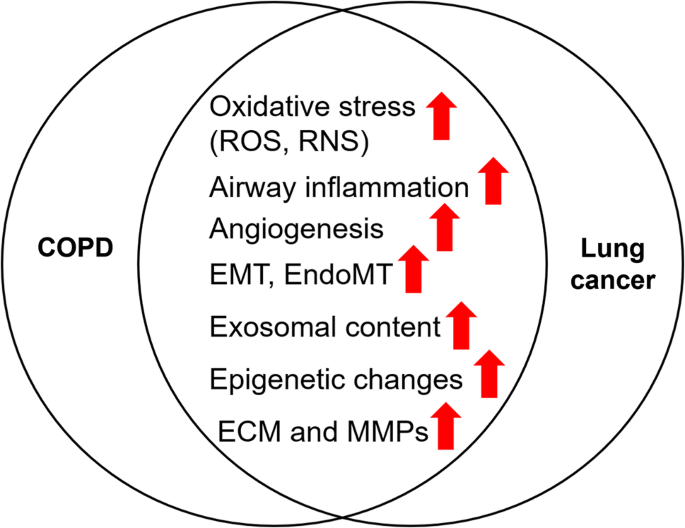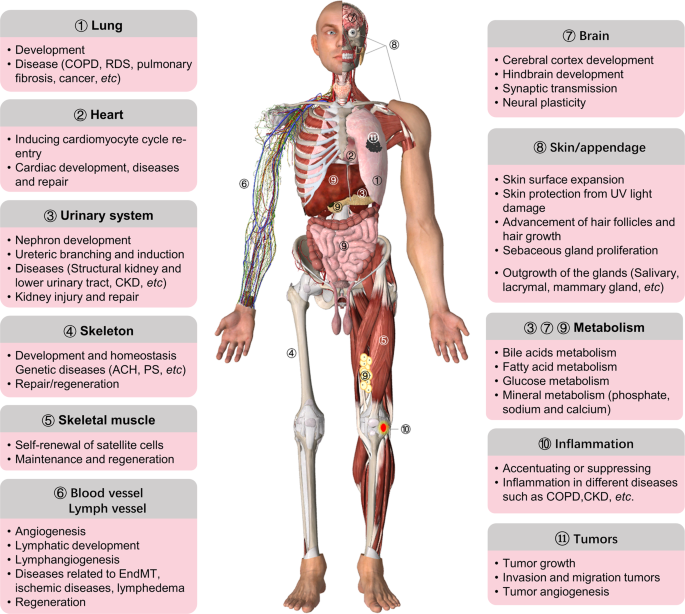In the emphysemateous lung air spaces become enlarged due to increased compliance and destruction of the alveolar walls.
Hanging ends of alveolar walls emphysema histology.
Loss of alveolar wall decrease in elastic recoil in lungs reduce airflow.
A chest ct scan of a 56 year old man with copd demonstrating a profound loss of the lung parenchyma and paucity of lung vessels b whole lung section demonstrating ubiquitous holes i e emphysema c histology of end stage emphysematous lung h e staining.
Emphysema can be defined as having a loss of lung elasticity permanent enlargement of the air spaces distal to the terminal bronchioles and destruction of the alveolar walls.
1 article features images from this case.
It typically affects the upper lobes first and most profoundly.
Type 1 squamous alveolar epithelial cells.
Emphysema is pathologically defined as an abnormal permanent enlargement of air spaces distal to the terminal bronchioles accompanied by the destruction of alveolar walls and without obvious.
Inner walls of air sacs weaken rupture decrease oxygen to reach blood exhaling.
Damaged alveoli do not work old air becomes trapped in lungs prevents oxygen rich air from flowing in.
It can be classified under the umbrella term chronic obstructive pulmonary disorder copd.
Constituting 95 of the alveolar surface area 8 the type 1 cells are extremely thin and flexible to help in the process of gas diffusion so the oxygen carbon dioxide exchange can occur between the alveoli and the.
The one cell thick walls of the alveoli are composed of two distal airway epithelium cell types pneumocytes 7.
It is one end of the spectrum of copd resulting from the smoking of tobacco.
Pulmonary emphysema is caused by enzymatic imbalance between proteases and anti proteases that results in destruction of the alveolar wall due to proteolytic enzymes action which affects the extracellular matrix ecm 5 and its component integrity especially the elastic fibres.
Pulmonary emphysema is defined as the abnormal permanent enlargement of the airspaces distal to the terminal bronchioles accompanied by destruction of the alveolar wall and without obvious fibrosis.
Lungs affected by emphysema show loss of alveolar walls and destruction of alveolar capillaries.
The loss of alveolar septal cells is not accompanied in this specimen by significant.
Emphysema is one of the entities grouped as chronic obstructive pulmonary disease.
Pulmonary emphysema defines permanent dilatation of airspaces due to destruction of alveolar walls.
End of stage with copd very little lung function flair ups are life.



